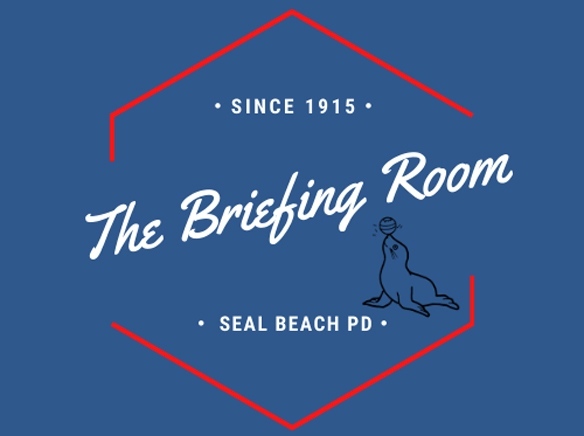I’ve been told that there are driver restrictions about horn honking.
That encouraging someone to move ahead through an intersection with a honk five or 10 seconds after the light has turned green might not be allowed.
Is this correct?
—Dave
Hi Dave! Thanks so much for your question.
Frankly, I’m surprised nobody has asked this question before you.
Did you know that vehicles traveling on California roads are required to have horns? California Vehicle Code §27000(a) states “a motor vehicle, when operated upon a highway, shall be equipped with a horn in good working order and capable of emitting sound audible under normal conditions from a distance of not less than 200 feet, but no horn shall emit an unreasonably loud or harsh sound.”
So when can and should you use your car’s horn?
The California Vehicle Code addresses this as well.
Vehicle Code §27001(a) states “the driver of a motor vehicle when reasonably necessary to insure safe operation shall give audible warning with his horn.”
If the person ahead of you isn’t proceeding through an intersection after the light phases to green, this seems like an unsafe operation and a friendly toot of the horn is probably appropriate after several seconds of inactivity.
§27001(b) states (in part) “the horn shall not otherwise be used, except as a theft alarm system…”
Here’s some info direct from the California Driver’s Handbook:
You can use your vehicle’s horn to let other drivers know you are there or to warn others of a hazard.
It is important to know when to use your horn, and when not to use your horn.
It is safer to slow down or stop your vehicle instead of honking your horn.
Use your horn to:
• Avoid collisions (when necessary).
• Alert another driver of a hazard.
• Alert oncoming traffic on narrow mountain roads where you cannot see at least 200 feet ahead of your vehicle.
Do not use your horn to:
• Urge a slow-moving driver or bicyclist to go faster or get out of your way.
The driver or bicyclist may not be able to safely go faster.
• Alert other drivers that they made a mistake. Your honking may cause them to make more mistakes and retaliate.
• Express anger.
• Honk at pedestrians, bicyclists, or motorcyclists (unless necessary to avoid a collision). Remember that your horn sounds much louder outside the vehicle.
Thanks again for your question Dave.
Keep your questions coming Seal Beach!
Email us at askacop@sealbeachca.gov today!












